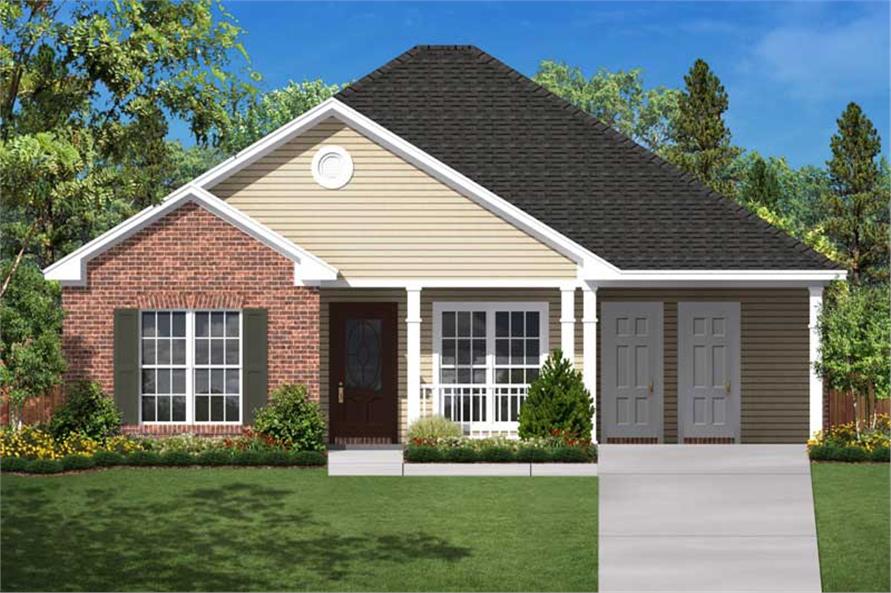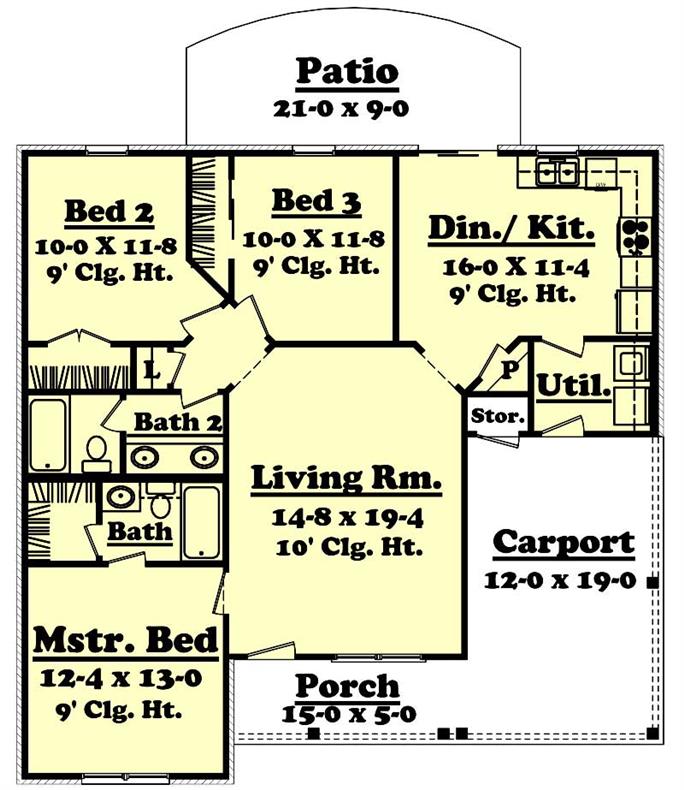Table Of Content

At the far end of the room lie bookcases, a small games table, and a piano to offer entertainment and leisure. The piano was designed by the Greenes to blend into the paneling of the room. Please click HERE for photography and film reservations (fees apply) and policies. Here & Now's Scott Tong talks with Princeton historian Julian Zelizer about Johnson's gamble with far-right Republicans — and whether he'll keep his job. The Craftsman style uses a nature-inspired color palette featuring browns, olive greens, and rust oranges. Allowing the structure to blend in with the surroundings helps establish a sense of unity with the landscape and a relaxed feel.
Gamble House Tours
Although the exterior of the home and carriage house are used in the film, the interiors were recreated on a sound stage due to the delicate nature of the furnishings adorning the home's interior. Frank Lloyd Wright coined the term “organic architecture,” which was used to describe his designs which feature indoor-outdoor connections, low-pitched rooflines, horizontal orientations, banks of windows, and extended rafters. The Greene brothers employ many of these same elements in The Gamble House design. The home also features a double-story front porch design, capitalizing on the beautiful surrounding landscape. Because the house went from the family directly into becoming a museum, much of the original furnishings that were also designed by the Greene brothers are also still in the house.
Clowning for Novices: History and Practice With Rose Carver
Great Parks unveils master plan for $18M park in Westwood - WKRC TV Cincinnati
Great Parks unveils master plan for $18M park in Westwood.
Posted: Sat, 20 Jan 2024 08:00:00 GMT [source]
The second story of the space was designed as the more private living space for the Gamble family. The second story uses a center hall design with a total of six bedrooms. Originally, the second floor bedrooms included the Gamble family's personal spaces as well as bedrooms for household staff.

Construction
Watch: Comedian Ed Gamble in the hot dog house over tour poster - BBC.com
Watch: Comedian Ed Gamble in the hot dog house over tour poster.
Posted: Thu, 28 Mar 2024 07:00:00 GMT [source]
The Greene brothers were well known architects in the Los Angeles region and operated their firm, Greene and Greene, beginning in January of 1894. Their unique style and Japanese influences are present in a number of homes and often classified as a California Bungalow or an Ultimate Bungalow. The Gamble House is an example of the Greene brothers work in this genre of architectural design. They were not initially recognized by the architectural elites for their design sensibilities. Following WWI, they style the Greene brothers worked in largely fell out of prominence. Greene and Greene's firm was dissolved in 1922 after one of the brothers, Charles, moved his family to Carmel, California and decided to focus more on family life and religious pursuits.
Gamble House in Pasadena Interior, Floor Plan & Design
They soon changed their minds, however, when prospective buyers spoke of painting the interior teak and mahogany woodwork white! The Gambles realized the artistic importance of the house and it remained in the Gamble family until 1966, when it was deeded to the city of Pasadena in a joint agreement with the University of Southern California School of Architecture. David and Mary Gamble lived in the house during the winter months until their deaths in 1923 and 1929, respectively. Mary's younger sister Julia lived in the house until her death in 1943.
Cecil Huggins Gamble and his wife Louise Gibbs Gamble lived in the house beginning in 1946. They briefly considered selling it, until prospective buyers spoke of painting the interior woodwork white. In 1966, the Gamble family turned the house over to the city of Pasadena in a joint agreement with the University of Southern California (USC) School of Architecture. The Gamble House was declared a National Historic Landmark in 1977.[3][6] Today, two 5th-year USC architecture students live in the house full-time; the selected students change annually.
Worldwide Church of God Historical Site
By the summer of 1910, all the custom-designed furniture was in place. The Gamble House, also known as the David B. Gamble House, is an iconic American Craftsman home in Pasadena, California, designed by the architectural firm Greene and Greene. Constructed in 1908–1909 as a home for David B. Gamble, son of the Procter & Gamble founder James Gamble, it is today a National Historic Landmark, a California Historical Landmark, and open to the public for tours and events. In 1966, the Gamble family decided to pass the home's legacy to the city of Pasadena and the University of Southern California School of Architecture.
Nearly 22,000 visitors still visit the property each year today to marvel at the style of the Greene brothers' iconic work. The work is important because of its place in the Arts and Crafts movement and the marvelous work of the City of Pasadena and the University of Southern California (USC) School of Architecture. The Arts and Crafts movement defines the period in which the Gamble House was built and the Greene brothers worked. The style moved away from the Victorian period, where embellishments and ornamentation were commonplace, to a much simpler style.
Gamble, David Berry and Mary Huggins, House, Pasadena, CA (1908-
This fondness to integrate the natural environment with the architectural marvels they created is present in their work, but especially prevalent in their approaches to Arts and Crafts architecture. The hybrid style they created between Arts and Crafts and Japanese architecture stands out as one of the Greene brothers' greatest achievements. The Greenes wanted control over the totality of the projects they worked on, like many other architectural visionaries including Frank Lloyd Wright. The Greene brothers were commissioned by wealthy individuals to design and construct not only the interiors and exteriors, but often they also constructed custom furnishings and accessories that were incorporated into their finished designs.
The Gamble House is the incredible story of brothers Charles and Henry Greene who were pushed reluctantly into architecture by their forceful father only to design and build the most seminal and stunning Arts & Crafts house in America. The house, however, did not come without its price, both personally and professionally, for the Greene brothers, and David and Mary Gamble who commissioned it. At this time, the house passed to the eldest son, Cecil Gamble, and his wife, Louise, who temporarily tried to sell the dwelling in 1945. Efforts to build a high-rise on the Gamble House site came to a head in 1965. To avoid this, a cousin of the Gamble heirs--James Gamble--spearheaded the family effort to preserve the mansion. In 1966, the Gamble Family made an agreement with the City of Pasadena, CA, and the University of Southern California (USC) to maintain the house, and its furnishings, in perpetuity.
The Japanese concept of shibusa is visually present in much of the Greene brothers work. Although there is no evidence that the brothers were formally trained in the Japanese architectural art of shibusa, the visuals they created were clearly influenced by their knowledge of the ancient Japanese form. The refinement of their woodworking and artistic restraint highlighted by the art of Japanese shibui is ever present in the wood paneling and furniture designed by the Greenes in the Gamble House. The Gamble family crest, a crane and trailing rose, was integrated in part or whole in many locations around the house. The Gamble House is often described as America’s Craftsman masterpiece, establishing the standard of Craftsman-style homes.





















